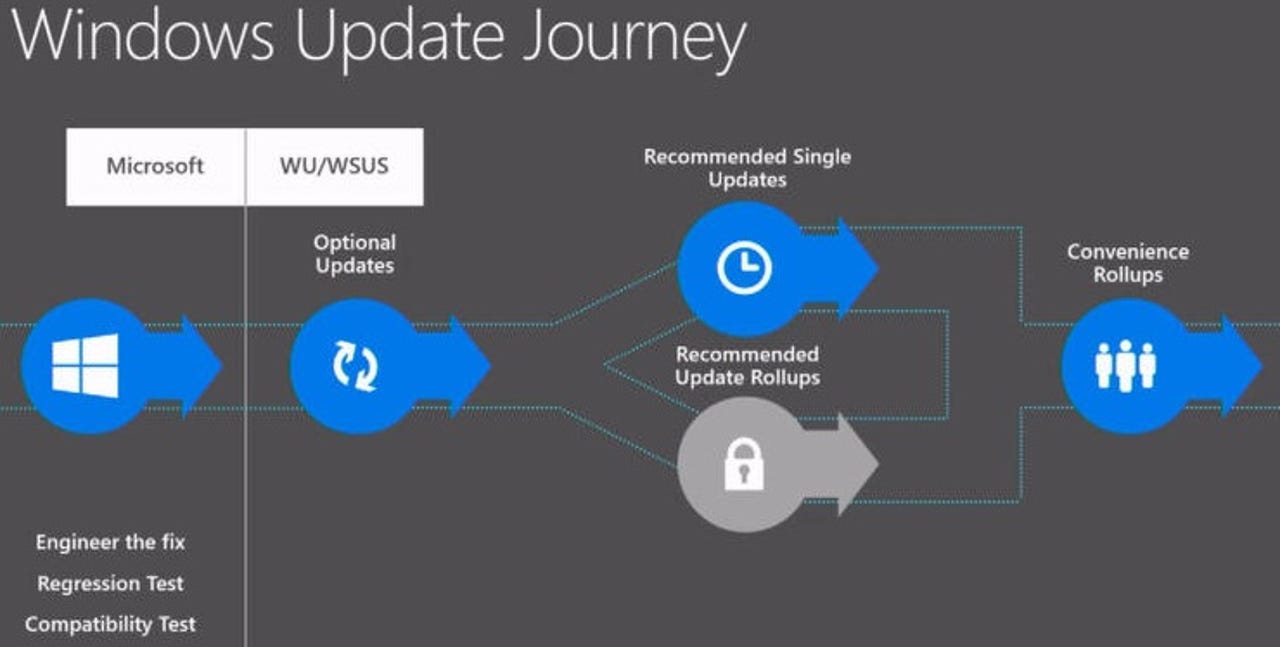Whatever happened to that promised Windows 7 convenience rollup?

I've had a few readers asking recently about whatever happened to the Windows 7 and Windows Server 2008 R2 "convenience rollup" Microsoft touted last summer.

Last we heard at Ignite in May 2015, Microsoft was planning to deliver that rollup "in the coming months." The positioning, at the time, was this rollup would help Windows 7 users as they prepared to move to Windows 10.
This rollup wasn't meant to be a stand-in for the nonexistent Windows 7 Service Pack 2 -- something a number of Windows 7 users had hoped against hope might be released one day. But it was likely the next best thing.
Convenience rollups are a single package of fixes that were designed at "recommended" by Microsoft. During 2013 and 2014, Microsoft delivered several of these rollups. They were a way of getting more than one fix to a customer with only a single reboot required.
Microsoft didn't deliver in 2015 the convenience rollup mentioned last year at Ignite. When I asked this week for an update on its status, a company spokesperson sent the following:
"There are more than 200 million monthly active devices around the world running Windows 10, with more than 76% of our enterprise customers in active pilots and over 22 million devices running Windows 10 across enterprise and education customers. With the success our customers are experiencing upgrading to Windows 10, we have not released additional updates to Windows 7 SP1 related to the upgrade process. We don't have further details to share, but we'll continue to listen to customer feedback."
I'm taking this as meaning we're unlikely to see any kind of convenience rollup for Windows 7. As we know, Microsoft's priority is to move users off previous versions of Windows to Windows 10 by hook or by crook. And at this point, the number of fixes in this overdue rollup would be pretty massive, I'd think.
Yesterday, in fact, Microsoft officials said they plan to start pushing the "Get Windows 10" upgrade notification to business users with domain-joined PCs who use Windows Update. And some time soon, Microsoft plans to recategorize Windows 10 as a "recommended" update some time in early 2016.